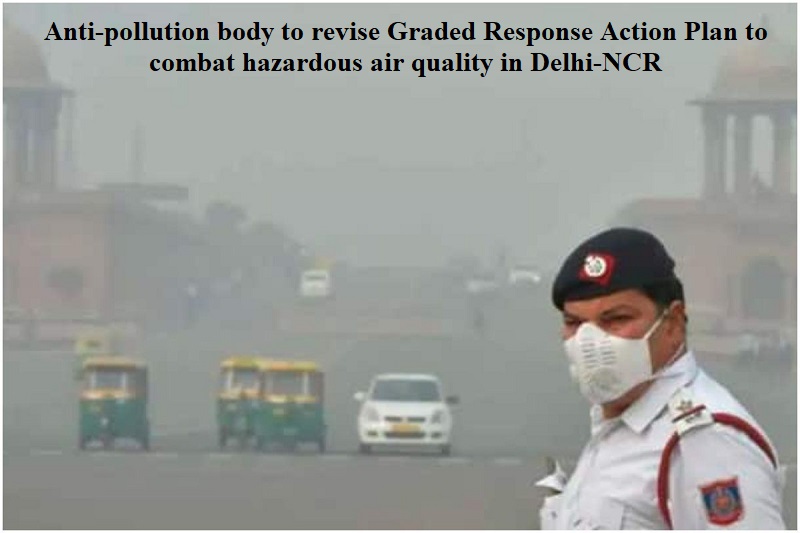
Over the past several years, as winter approaches in northern India, the air quality in New Delhi and the National Capital Region (NCR) has consistently deteriorated, becoming one of the worst in the world. To address the hazardous air quality during winters, the Commission for Air Quality Management in NCR & Adjoining Areas (CAQM) has revised the Graded Response Action Plan (GRAP).
According to an official statement, CAQM has made significant efforts to combat air pollution and tackle the challenges related to air quality across various sectors in the region. The revision of the plan is based on the lessons learned and experiences gained from the previous year.
The updated GRAP classifies adverse air quality into four stages in Delhi:
Stage I – ‘Poor’ (AQI 201-300)
Stage II – ‘Very Poor’ (AQI 301-400)
Stage III – ‘Severe’ (AQI 401-450)
Stage IV – ‘Severe Plus’ (AQI greater than 450)
Under the new GRAP, there is a stricter adherence to Supreme Court and National Green Tribunal orders regarding older diesel and petrol vehicles under Stage 1. Additionally, it suggests a ban on coal and firewood usage in eateries, restaurants, and hotels once the AQI crosses the 200 mark. This measure was previously implemented under Stage 2 (AQI above 300).
For Stage 2, the revised GRAP recommends more rigorous actions to combat air pollution at identified hotspots in the region.
Under Stage 3, states are required to impose strict restrictions on BS III petrol and BS IV diesel four-wheelers in certain areas and may suspend physical classes in schools for primary grade children up to Class 5.
When the AQI exceeds 450, four-wheelers registered outside Delhi, except for electric vehicles, CNG vehicles, and BS-VI diesel vehicles, will not be allowed to enter the city, with some exemptions for essential commodity transport and essential services.
All other existing measures under different stages of GRAP will continue. The Delhi and NCR areas often experience a thick layer of pungent haze during peak winters due to unfavorable meteorological conditions and the burning of crop stubble.

Post Your Comments